
How do I choose my Ventilation System?
It can be confusing trying to work out what ventilation unit you should choose. We understand that no two households are the same and your choice of ventilation should work to suit your needs. There are a variety of different types and systems available, each with their own particular benefits, whether it is a boost of airflow from a single room following your shower or gentle continuous flow throughout the whole house, we have expert advice to help you find the best product for your needs.

There are a few factors to consider when deciding on your ventilation system such as which rooms you require ventilation for, how big is the room and which type of system or unit will best suit. The topics below will help guide you to the right solution.
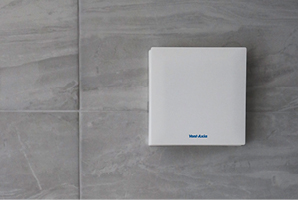
Consider the location
Fans are installed in rooms where moisture is generated, examples of “Wet rooms” are the kitchen, bathroom, WCs and utility rooms where a single room extract unit could be installed on either the ceiling into a ventilation duct or directly through the wall to remove condensation and pollutants at source. Check your fan’s IP rating to identify which is the safest area for installation in your wet room. Vent-Axia’s Silent Fan has an IP45 rating which means it be installed in zone 1 near the wettest areas such as the shower and bath. If you’re looking for a wholehouse solution the Pureair Home can be easily retrofitted into the loft or onto a wall and includes advanced filtration such as F7 filters to effectively remove outdoor pollutants as well.
Find out about bathroom splash zones here >Find out more about whole-house ventilation here >Find out more about your product choices >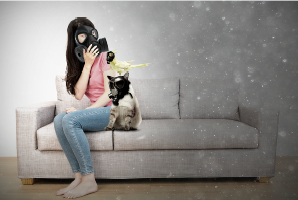
Air filtration
A constant supply of filtered fresh air throughout the whole home will keep it condensation-free and control pollutants, ultimately helping to protect your health and property. Our Positive Input Ventilation (PIV) products offer advanced F7 filtration. These filters guard against potentially harmful PM2.5 particulates including pollen and diesel and can be easily retrofitted in a loft or discreet wall space. For larger refurbishment projects or new builds, a more advanced solution such as mechanical ventilation with heat recovery (MVHR) might be more suitable. These units also offer advanced filtration to guard against harmful PM2.5 particles. Once installed, filters need to be checked every 3-6 months to maintain a clean indoor air environment.
Find out more about positive input ventilation here >Find out more about your product choices >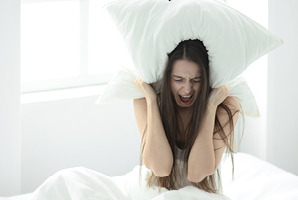
Think about noise levels
Independent research conducted on behalf of Vent-Axia revealed that 40% of people surveyed said they or their children have been woken at night by a noisy bathroom fan. Features such as a delay timer allow you to delay the boost of the fan when the light is switched on for a short period of time, very handy if you need a quick visit to the toilet in the middle of the night. A variable speed feature allows you more control over the fans boost speed therefore reducing noise levels which would have resulted from over ventilating. Our Silent Fan is the quietest bathroom fan available on the market at an astonishingly quiet 12dB(A) . With 8 models to choose from it offers a great deal of flexibility too. Silent Fan comes with up to 5-years-warranty as well for peace of mind as well as peace and quiet.
Discover the importance of low noise ventilation >Find out more about your low noise ventilation choices >
Are low running costs important?
Our Lo-Carbon fans are designed to save you money on your electricity bills. For as little as 1p per day to run, The PureAir Home can provide your entire home with a gentle continuous flow of air creating a healthier and condensation free environment. The single room heat recovery Lo-Carbon Tempra has been designed for bathrooms, kitchens, utility rooms and toilets. This unit not only costs of as little as 10p per week to run but it also could save you on average 10% on your winter fuel bill.
For more help on energy efficiency click here >Find out more about your product choices >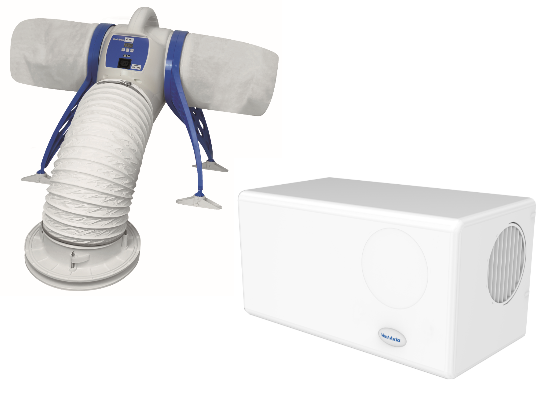
Energy efficient products
Our fans such as PureAir Home and PureAir Sense have been specially designed with Lo-Carbon motors to ensure they are as energy efficient as possible. As a result this helps to keep your costs down with lower running costs and a longer product life. Another great way to ensure you are saving money and energy is to install a unit with heat recovery. These fans work by recovering heat from the air going out and put it back into the fresh air coming in. Units like the Lo-Carbon Tempra can recover up to 78% of heat from a room.
Find out more about how heat recovery can benefit you >Find out more about your energy efficient product choices >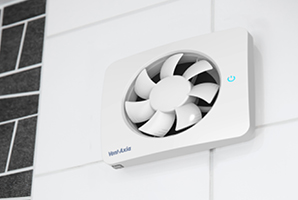
Consider if you require a continuous or intermittent running fan
Traditional intermittent extract fans provide peaks of airflow (boost) when humidity levels are at their highest, they work by extracting moisture laden air to the outside and turning off when not in use. They can be triggered by a pull-cord, timer or sensor depending on the unit features. Intermittent fans are typically single room extract fans. Continuous ventilation works by extracting air from the whole house or a single room at a low rate all of the time. When humidity is detected a continuous fan will boost to remove the excess moisture before returning to its trickle speed when the excess moisture is gone. Continuous ventilation is the most cost effective and quietest solution. Some fans offer a choice of continuous or intermittent ventilation, for example the our PureAir Sense bathroom fan gives you the choice to run the fan continuously or intermittently as well as running disturbance free.
Find out more about the PureAir Sense >Find out more about your product choices >There are different types of ventilation systems you can use to ensure that your home is properly ventilated. Ventilation systems can be categorised depending on a combination of supply of fresh air required, extraction of stale and contaminated air and circulation and distribution of air in an amount calculated to suit the room’s use and occupancy level.
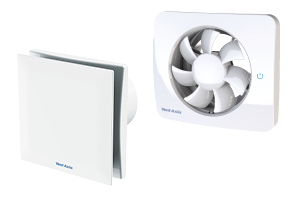
Bathroom and kitchen ventilation
Bathroom and Kitchen ventilation performs multiple duties in a home - from removing moisture to eliminating odours; it is a system that draws out stale, impure and humid air out of these rooms thereby improving the quality of indoor air. These fans can be mounted in the ceiling, through the wall or in the window.
Find out more about kitchen and bathroom fans >Find out more about your product choices >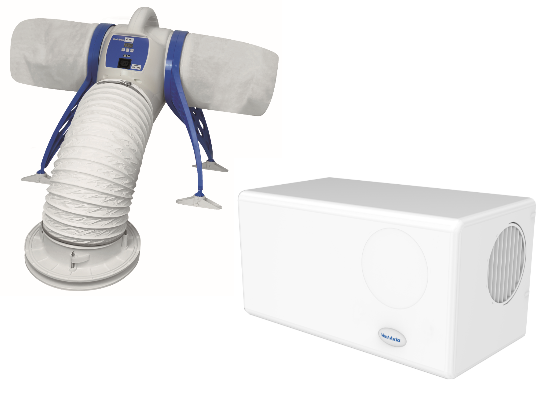
Positive Input Ventilation
Positive Input Ventilation (PIV) is a whole dwelling ventilation and condensation control unit for homes or apartments. Units vary depending on the type installation required and will either be designed for a loft application or will be a smaller unit designed for wall mounted applications. The PIV filters incoming air and gently circulates it around the home from a central position in the property to transform a stagnant and stale atmosphere into a fresh healthy and condensation free environment.
What is Positive input ventilation? >Find out how Pureair Home could benefit you? >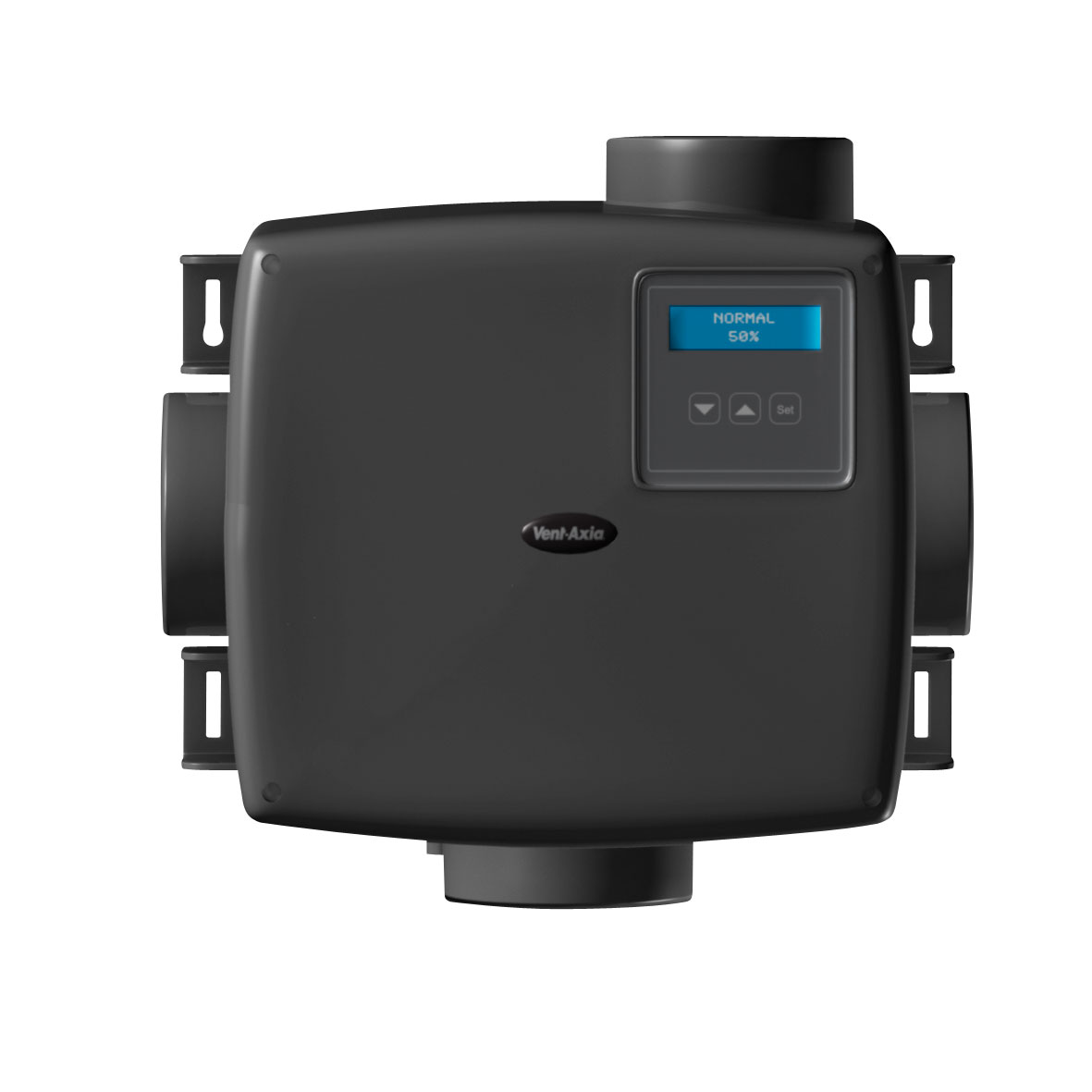
Centralised Mechanical Extract Ventilation
Centralised Mechanical Extract Ventilation (MEV) is a whole house ventilation system that extracts air continuously at a low rate. The system is typically located in a loft space or hallway cupboard and is designed with multiple extract points to simultaneously draw moisture-laden air from these wet rooms to control humidity levels.
Find out more about centralised extract ventilation >Find out how Lo-Carbon Multivent could benefit you? >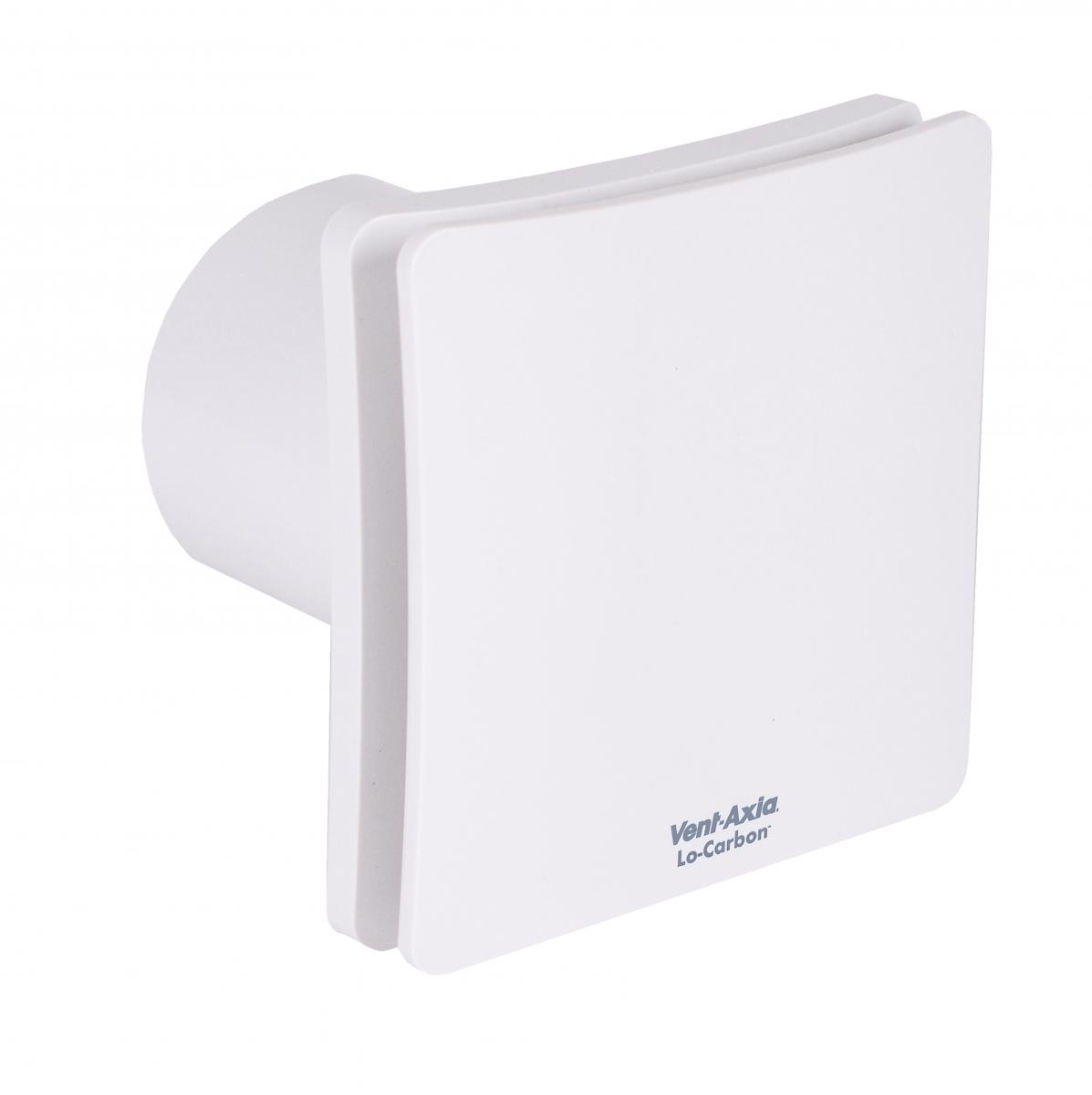
Decentralised Mechanical Extract Ventilation
A decentralised Mechanical Extract Ventilation (d-MEV) system is a single room, continuous running mechanical extract ventilation system designed to draw moisture from the bathroom, kitchen, utility rooms or other wet rooms providing a quieter and more efficient system compared to intermittent fans.
Find out more about decentralised extract ventilation >Find out more about your product choices here >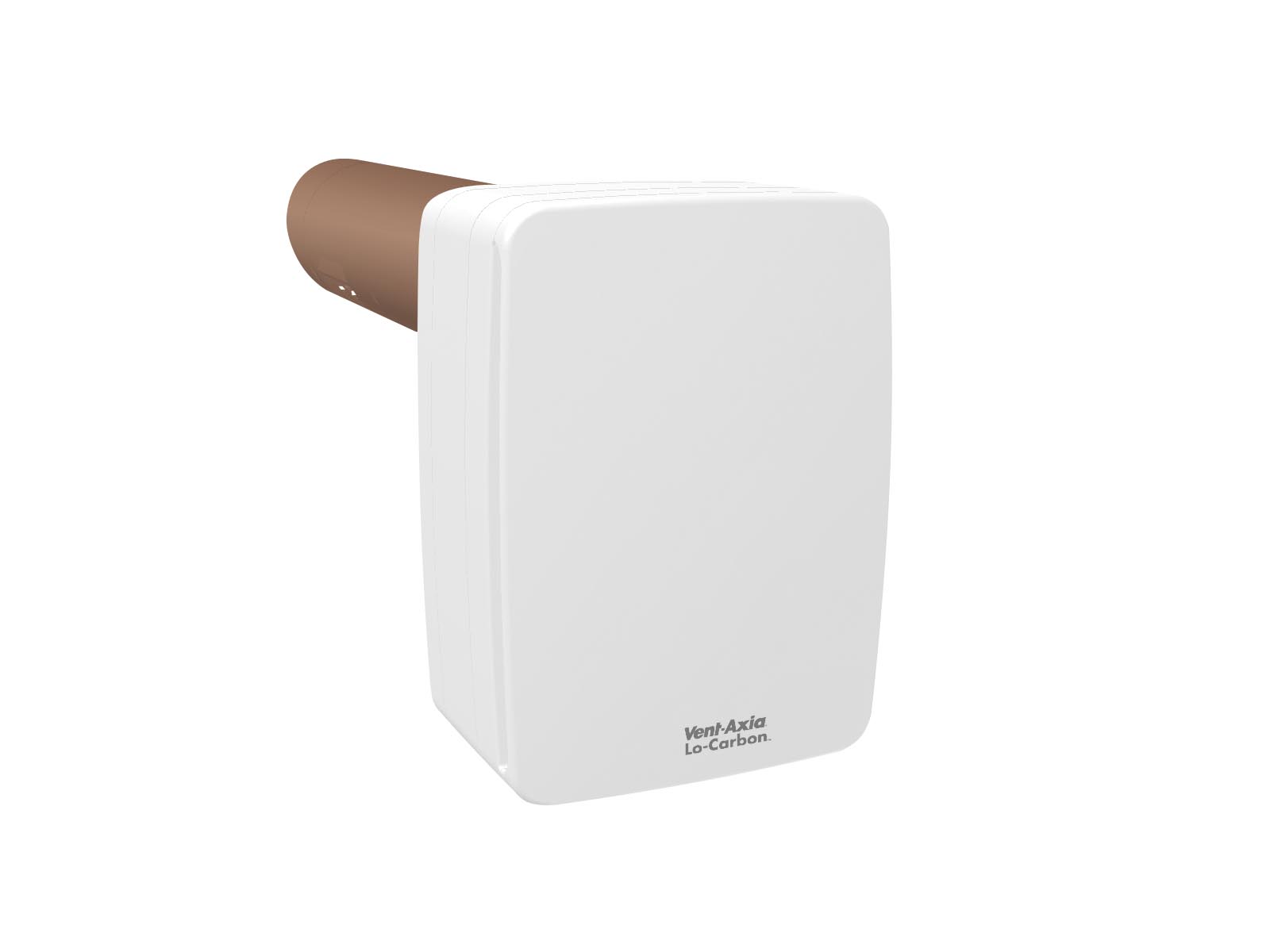
Single Room Heat Recovery
Single Room Heat Recovery (SRHR) units are designed to improve indoor air-quality on a room-by-room basis. It uses the heat from the stale air that is being extracted to warm up the fresh air that is coming in. Therefore bringing in fresh but pre-warmed air and providing ventilation whilst also saving energy.
Find out more about single room heat recovery >Find out how Lo-Carbon Tempra could benefit you? >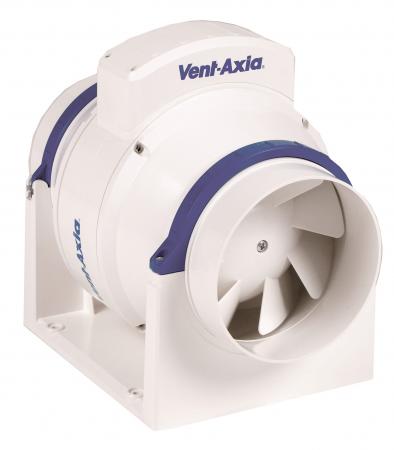
In-line Fans
An extract fan that is mounted in the duct run. In-Line fans are situated in a ceiling void or loft, meaning the ventilation unit is not in the room. This means it is much quieter than traditional fan as the fan is located away from the living space. These fans are often more powerful than Bathroom & Kitchen fans and ideal for use with long duct runs. Some In-Line fans include a shower light that acts as the extract point in the bathroom.
Find out more about in-line fans >Find out how the ACM could benefit you? >Ventilation is not something we tend to worry about until it becomes a problem. Noticing a stuffy unpleasant environment when you walk indoors is a good indicator your ventilation is not working properly or that you are in need of some. Read on to find out more about the types of issues you may encounter when your home is not adequately ventilated.
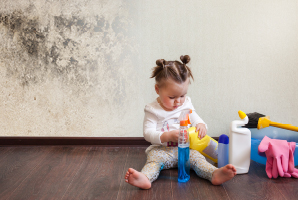
Air pollutants
Without proper ventilation your home can become filled with a toxic mix of mould spores, condensation and particles from everyday household items and activities. Hanging washing indoors alone will increase moisture levels by 1.5 litres and in an air tight home this excess moisture will have nowhere to go. Some other factors that contribute to the pollutant build-up include aerosols, air fresheners, cooking with gas, furniture and paints. According to the My Health My Home campaign, polluted homes can contain up to 900 dangerous particles and can be 50 x more polluted than outside. 65% of homes in the UK are affected by indoor air pollution, damaging health and property. Ensuring your house is adequately ventilated with filtered air throughout the whole house will reduce condensation and impurities.
Contact us for ventilation advice >Already have a unit? Find out more about servicing and maintenance >Find out more about your choice of products >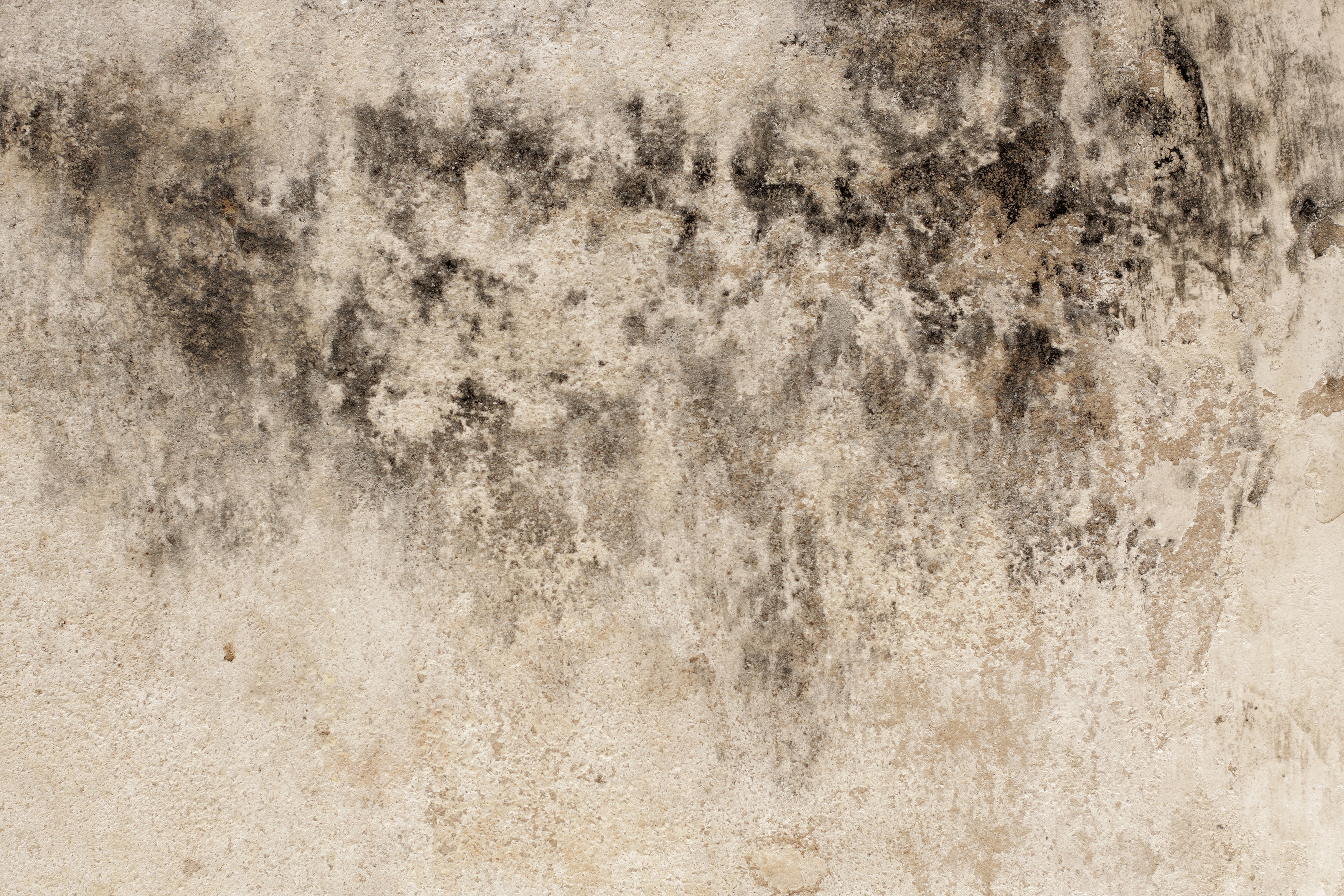
Mould problems
Mould is a fungus and one that needs specific conditions to survive. If you stop watering it, it will die. When inhaled, the spores produced by mould can cause a variety of respiratory problems. Most commonly this will be similar to the symptoms of seasonal allergies however mould is also proven to increase the likelihood of children getting asthma, especially those under the age of 2. Other conditions include; nervous disorders, mood swings, and skin and eye irritation. Mould can be found above ceilings, inside walls, cracks and holes and windowsills and frames. To prevent mould growth, ensure your home is a comfortable temperature, not too cold or too humid. Wipe down areas where mould occurs as soon as possible to prevent it spreading. Check your ventilation units are working correctly to reduce condensation build up.
Download our guide to condensation and mould >Find out more about mould and condensation section >Find out more about your choice of products >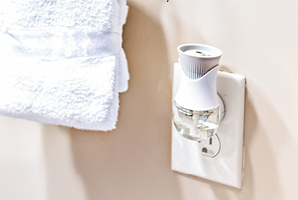
Improving Indoor Air Quality
Around 65% of homes in the UK are estimated to suffer from poor indoor air quality because of inadequate ventilation. Effective ventilation helps to create a healthier indoor environment by preventing the build-up of airborne pollutants in the home. Poor indoor air contributes to 81% of respiratory conditions, skin irritation, fatigue, nausea, immune system suppression and heart problems. Small changes to your daily routine can make a big difference to your indoor air. Try swapping out deodorant sprays for roll on’s, remove air fresheners and cook with saucepan lids on. Our range of ventilation solutions can help you protect your family’s health at home. We’re here to help you find the right type of ventilation or service.
Download our indoor air quality factsheet >Find out more about the health of your home >Find out more about your choice of products >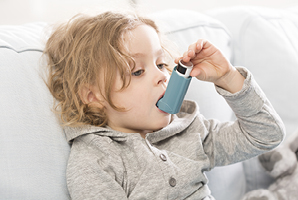
Health Issues Created by Poor Indoor Air Quality
As well as potentially damaging the fabric of the building itself, a lack of proper ventilation can lead to a build-up of contaminants that have a detrimental effect on human health. Toxic Home Syndrome occurs when individuals and families are exposed to a potent mix of airborne pollutants within the home arising from poor ventilation, causing respiratory and skin diseases to occur more frequently. A well-designed ventilation system replaces contaminants with clean fresh air. Our units are designed with the latest filter technology to remove airborne contaminants.
Health issues related to poor indoor air quality >Find out more about healthy homes >Find out more about your choice of products >There are a few factors to consider when deciding on your ventilation system such as which rooms you require ventilation for, how big is the room and which type of system or unit will best suit. The topics below will help guide you to the right solution.

Consider the location
Fans are installed in rooms where moisture is generated, examples of “Wet rooms” are the kitchen, bathroom, WCs and utility rooms where a single room extract unit could be installed on either the ceiling into a ventilation duct or directly through the wall to remove condensation and pollutants at source. Check your fan’s IP rating to identify which is the safest area for installation in your wet room. Vent-Axia’s Silent Fan has an IP45 rating which means it be installed in zone 1 near the wettest areas such as the shower and bath. If you’re looking for a wholehouse solution the Pureair Home can be easily retrofitted into the loft or onto a wall and includes advanced filtration such as F7 filters to effectively remove outdoor pollutants as well.
Find out about bathroom splash zones here >Find out more about whole-house ventilation here >Find out more about your product choices >
Air filtration
A constant supply of filtered fresh air throughout the whole home will keep it condensation-free and control pollutants, ultimately helping to protect your health and property. Our Positive Input Ventilation (PIV) products offer advanced F7 filtration. These filters guard against potentially harmful PM2.5 particulates including pollen and diesel and can be easily retrofitted in a loft or discreet wall space. For larger refurbishment projects or new builds, a more advanced solution such as mechanical ventilation with heat recovery (MVHR) might be more suitable. These units also offer advanced filtration to guard against harmful PM2.5 particles. Once installed, filters need to be checked every 3-6 months to maintain a clean indoor air environment.
Find out more about positive input ventilation here >Find out more about your product choices >
Think about noise levels
Independent research conducted on behalf of Vent-Axia revealed that 40% of people surveyed said they or their children have been woken at night by a noisy bathroom fan. Features such as a delay timer allow you to delay the boost of the fan when the light is switched on for a short period of time, very handy if you need a quick visit to the toilet in the middle of the night. A variable speed feature allows you more control over the fans boost speed therefore reducing noise levels which would have resulted from over ventilating. Our Silent Fan is the quietest bathroom fan available on the market at an astonishingly quiet 12dB(A) . With 8 models to choose from it offers a great deal of flexibility too. Silent Fan comes with up to 5-years-warranty as well for peace of mind as well as peace and quiet.
Discover the importance of low noise ventilation >Find out more about your low noise ventilation choices >
Are low running costs important?
Our Lo-Carbon fans are designed to save you money on your electricity bills. For as little as 1p per day to run, The PureAir Home can provide your entire home with a gentle continuous flow of air creating a healthier and condensation free environment. The single room heat recovery Lo-Carbon Tempra has been designed for bathrooms, kitchens, utility rooms and toilets. This unit not only costs of as little as 10p per week to run but it also could save you on average 10% on your winter fuel bill.
For more help on energy efficiency click here >Find out more about your product choices >
Energy efficient products
Our fans such as PureAir Home and PureAir Sense have been specially designed with Lo-Carbon motors to ensure they are as energy efficient as possible. As a result this helps to keep your costs down with lower running costs and a longer product life. Another great way to ensure you are saving money and energy is to install a unit with heat recovery. These fans work by recovering heat from the air going out and put it back into the fresh air coming in. Units like the Lo-Carbon Tempra can recover up to 78% of heat from a room.
Find out more about how heat recovery can benefit you >Find out more about your energy efficient product choices >
Consider if you require a continuous or intermittent running fan
Traditional intermittent extract fans provide peaks of airflow (boost) when humidity levels are at their highest, they work by extracting moisture laden air to the outside and turning off when not in use. They can be triggered by a pull-cord, timer or sensor depending on the unit features. Intermittent fans are typically single room extract fans. Continuous ventilation works by extracting air from the whole house or a single room at a low rate all of the time. When humidity is detected a continuous fan will boost to remove the excess moisture before returning to its trickle speed when the excess moisture is gone. Continuous ventilation is the most cost effective and quietest solution. Some fans offer a choice of continuous or intermittent ventilation, for example the our PureAir Sense bathroom fan gives you the choice to run the fan continuously or intermittently as well as running disturbance free.
Find out more about the PureAir Sense >Find out more about your product choices >There are different types of ventilation systems you can use to ensure that your home is properly ventilated. Ventilation systems can be categorised depending on a combination of supply of fresh air required, extraction of stale and contaminated air and circulation and distribution of air in an amount calculated to suit the room’s use and occupancy level.

Bathroom and kitchen ventilation
Bathroom and Kitchen ventilation performs multiple duties in a home - from removing moisture to eliminating odours; it is a system that draws out stale, impure and humid air out of these rooms thereby improving the quality of indoor air. These fans can be mounted in the ceiling, through the wall or in the window.
Find out more about kitchen and bathroom fans >Find out more about your product choices >
Positive Input Ventilation
Positive Input Ventilation (PIV) is a whole dwelling ventilation and condensation control unit for homes or apartments. Units vary depending on the type installation required and will either be designed for a loft application or will be a smaller unit designed for wall mounted applications. The PIV filters incoming air and gently circulates it around the home from a central position in the property to transform a stagnant and stale atmosphere into a fresh healthy and condensation free environment.
What is Positive input ventilation? >Find out how Pureair Home could benefit you? >
Centralised Mechanical Extract Ventilation
Centralised Mechanical Extract Ventilation (MEV) is a whole house ventilation system that extracts air continuously at a low rate. The system is typically located in a loft space or hallway cupboard and is designed with multiple extract points to simultaneously draw moisture-laden air from these wet rooms to control humidity levels.
Find out more about centralised extract ventilation >Find out how Lo-Carbon Multivent could benefit you? >
Decentralised Mechanical Extract Ventilation
A decentralised Mechanical Extract Ventilation (d-MEV) system is a single room, continuous running mechanical extract ventilation system designed to draw moisture from the bathroom, kitchen, utility rooms or other wet rooms providing a quieter and more efficient system compared to intermittent fans.
Find out more about decentralised extract ventilation >Find out more about your product choices here >
Single Room Heat Recovery
Single Room Heat Recovery (SRHR) units are designed to improve indoor air-quality on a room-by-room basis. It uses the heat from the stale air that is being extracted to warm up the fresh air that is coming in. Therefore bringing in fresh but pre-warmed air and providing ventilation whilst also saving energy.
Find out more about single room heat recovery >Find out how Lo-Carbon Tempra could benefit you? >
In-line Fans
An extract fan that is mounted in the duct run. In-Line fans are situated in a ceiling void or loft, meaning the ventilation unit is not in the room. This means it is much quieter than traditional fan as the fan is located away from the living space. These fans are often more powerful than Bathroom & Kitchen fans and ideal for use with long duct runs. Some In-Line fans include a shower light that acts as the extract point in the bathroom.
Find out more about in-line fans >Find out how the ACM could benefit you? >Ventilation is not something we tend to worry about until it becomes a problem. Noticing a stuffy unpleasant environment when you walk indoors is a good indicator your ventilation is not working properly or that you are in need of some. Read on to find out more about the types of issues you may encounter when your home is not adequately ventilated.

Air pollutants
Without proper ventilation your home can become filled with a toxic mix of mould spores, condensation and particles from everyday household items and activities. Hanging washing indoors alone will increase moisture levels by 1.5 litres and in an air tight home this excess moisture will have nowhere to go. Some other factors that contribute to the pollutant build-up include aerosols, air fresheners, cooking with gas, furniture and paints. According to the My Health My Home campaign, polluted homes can contain up to 900 dangerous particles and can be 50 x more polluted than outside. 65% of homes in the UK are affected by indoor air pollution, damaging health and property. Ensuring your house is adequately ventilated with filtered air throughout the whole house will reduce condensation and impurities.
Contact us for ventilation advice >Already have a unit? Find out more about servicing and maintenance >Find out more about your choice of products >
Mould problems
Mould is a fungus and one that needs specific conditions to survive. If you stop watering it, it will die. When inhaled, the spores produced by mould can cause a variety of respiratory problems. Most commonly this will be similar to the symptoms of seasonal allergies however mould is also proven to increase the likelihood of children getting asthma, especially those under the age of 2. Other conditions include; nervous disorders, mood swings, and skin and eye irritation. Mould can be found above ceilings, inside walls, cracks and holes and windowsills and frames. To prevent mould growth, ensure your home is a comfortable temperature, not too cold or too humid. Wipe down areas where mould occurs as soon as possible to prevent it spreading. Check your ventilation units are working correctly to reduce condensation build up.
Download our guide to condensation and mould >Find out more about mould and condensation section >Find out more about your choice of products >
Improving Indoor Air Quality
Around 65% of homes in the UK are estimated to suffer from poor indoor air quality because of inadequate ventilation. Effective ventilation helps to create a healthier indoor environment by preventing the build-up of airborne pollutants in the home. Poor indoor air contributes to 81% of respiratory conditions, skin irritation, fatigue, nausea, immune system suppression and heart problems. Small changes to your daily routine can make a big difference to your indoor air. Try swapping out deodorant sprays for roll on’s, remove air fresheners and cook with saucepan lids on. Our range of ventilation solutions can help you protect your family’s health at home. We’re here to help you find the right type of ventilation or service.
Download our indoor air quality factsheet >Find out more about the health of your home >Find out more about your choice of products >
Health Issues Created by Poor Indoor Air Quality
As well as potentially damaging the fabric of the building itself, a lack of proper ventilation can lead to a build-up of contaminants that have a detrimental effect on human health. Toxic Home Syndrome occurs when individuals and families are exposed to a potent mix of airborne pollutants within the home arising from poor ventilation, causing respiratory and skin diseases to occur more frequently. A well-designed ventilation system replaces contaminants with clean fresh air. Our units are designed with the latest filter technology to remove airborne contaminants.
Health issues related to poor indoor air quality >Find out more about healthy homes >Find out more about your choice of products >